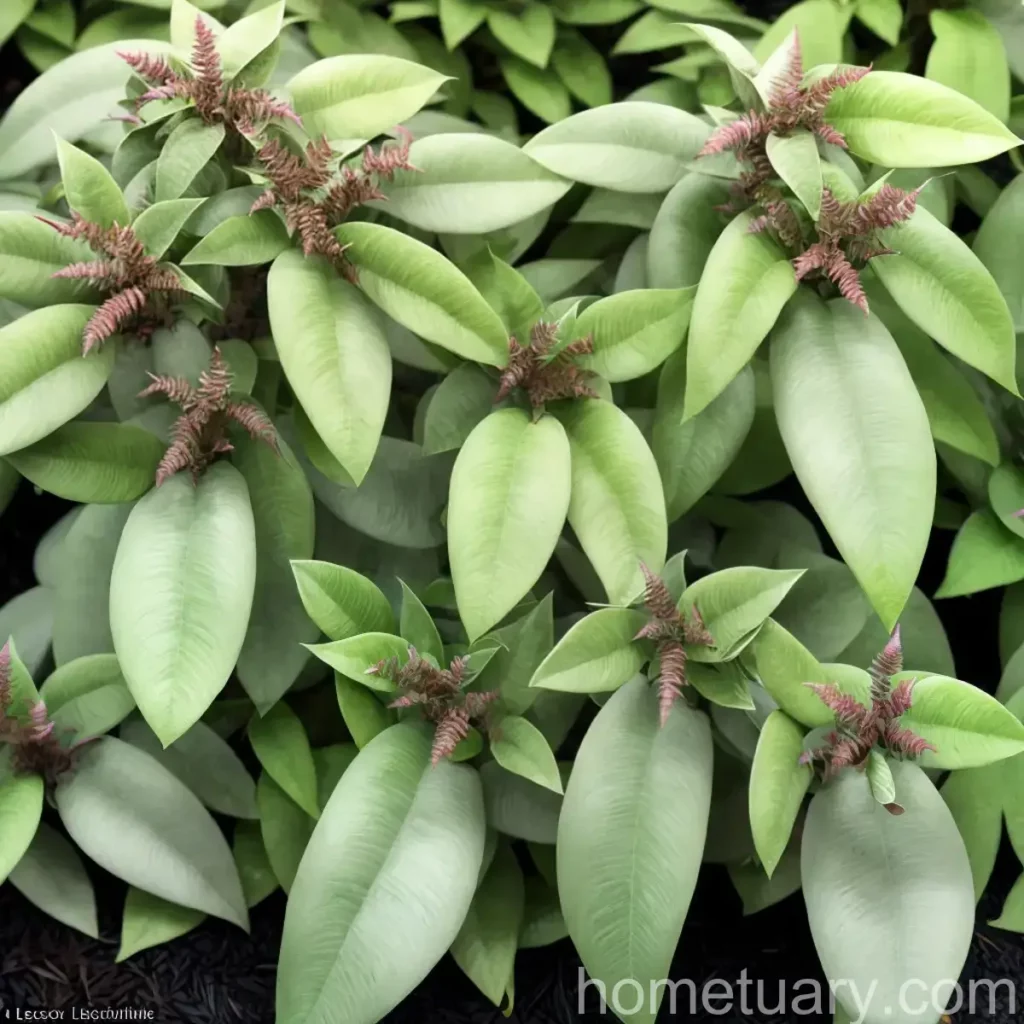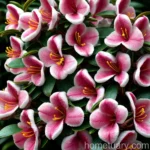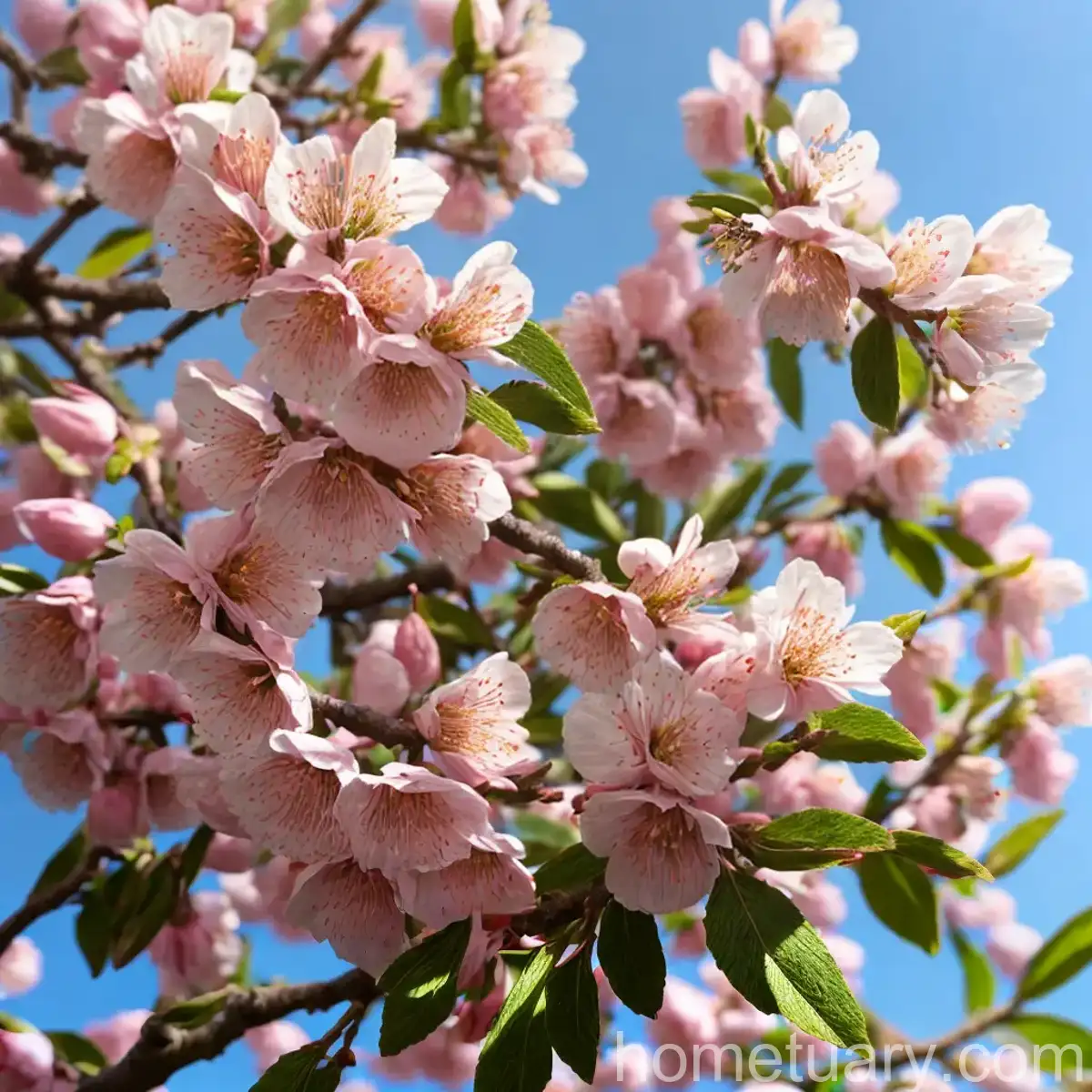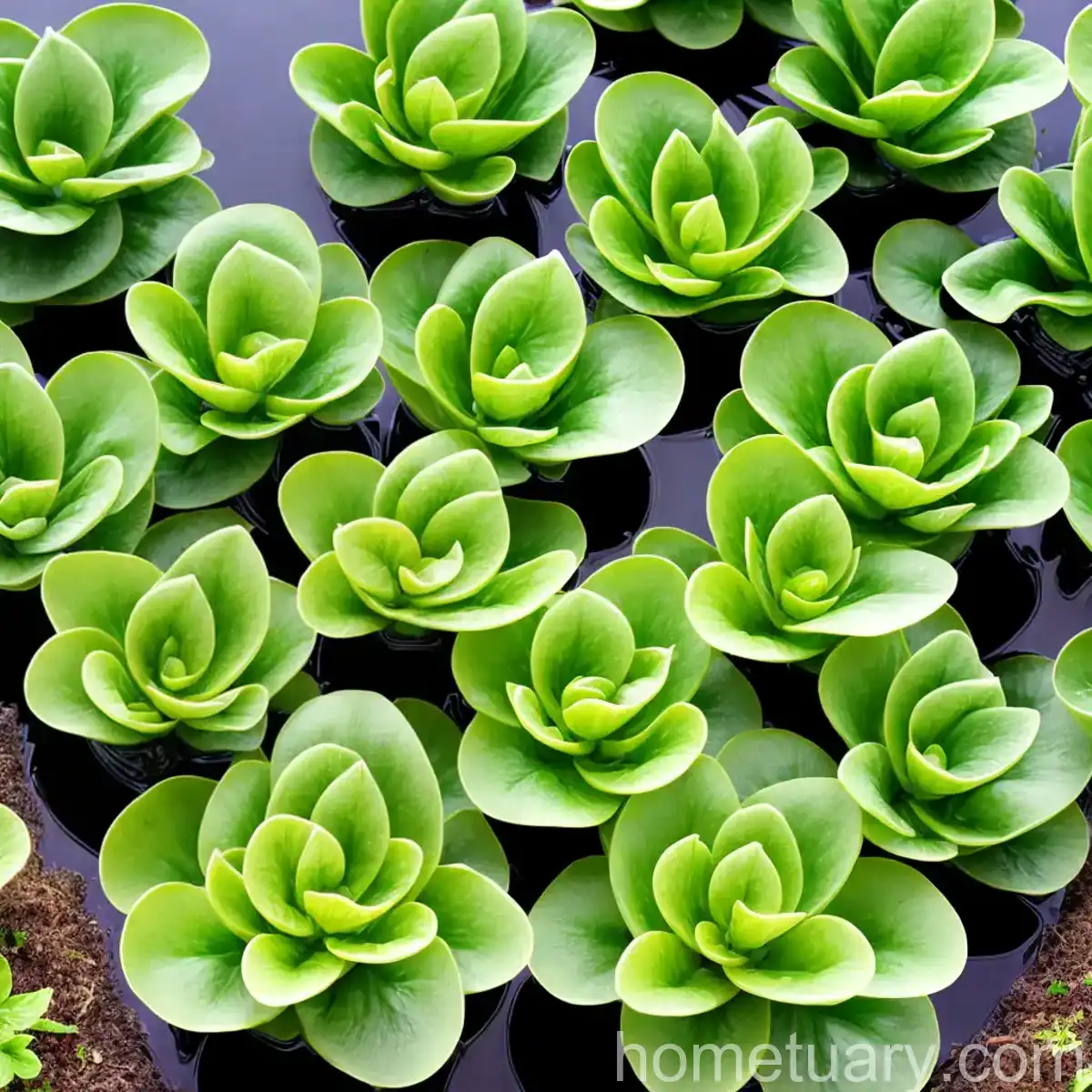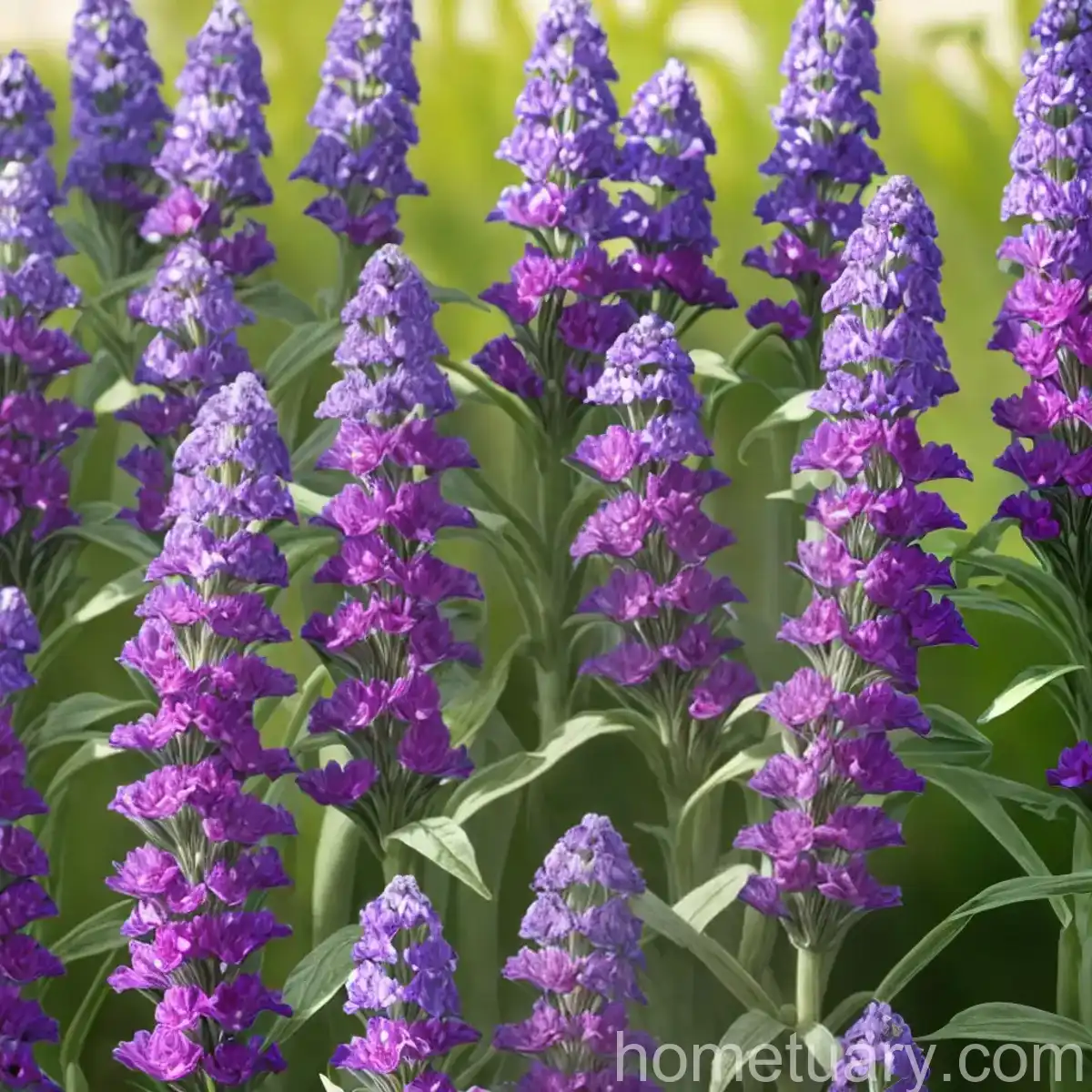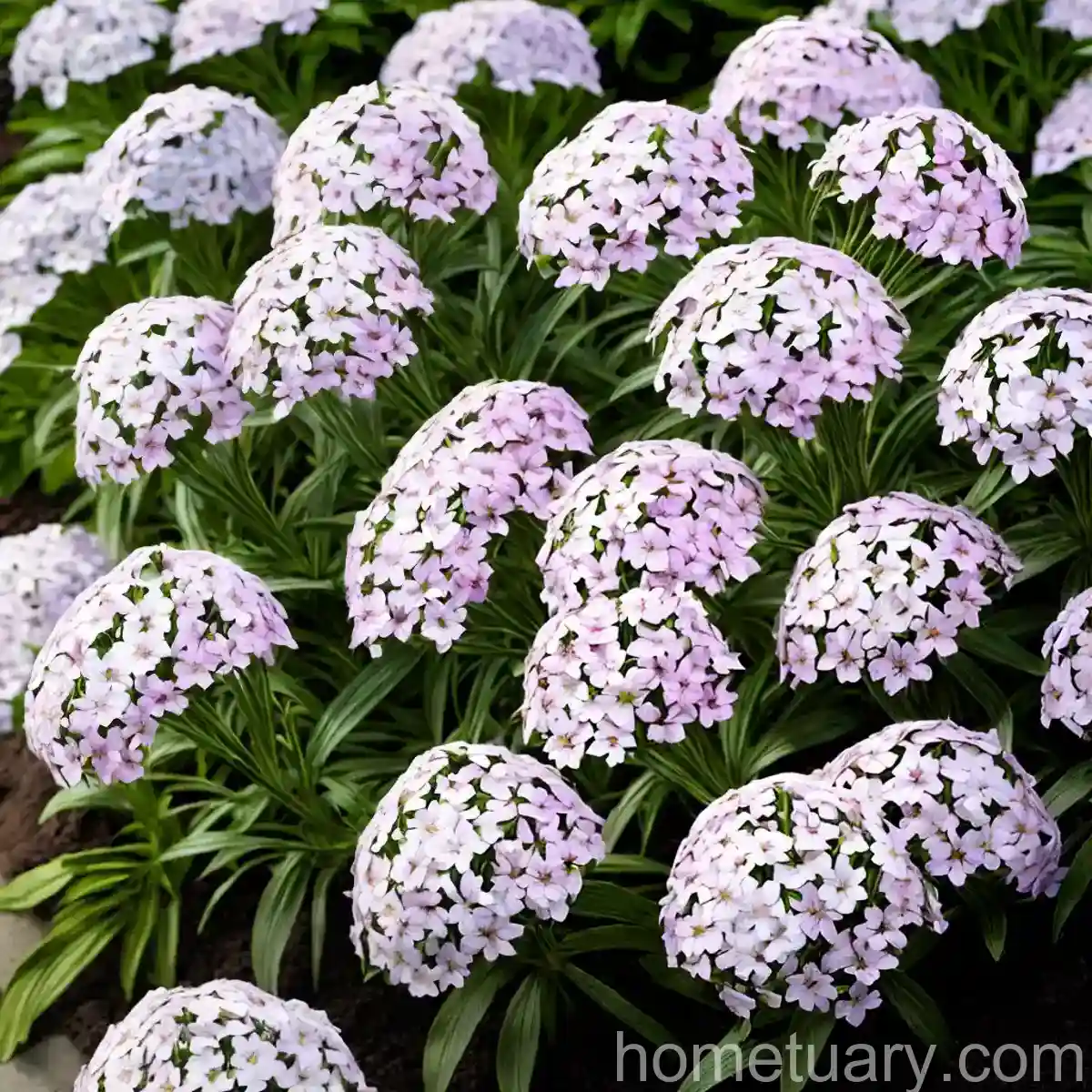Coastal Doghobble (Leucothoe axillaris)
As a plant scientist, I am excited to explore one of the fascinating plants that grace coastal landscapes, the Coastal Doghobble or Leucothoe axillaris. This evergreen shrub has garnered attention for its elegant appearance, adaptability to coastal environments, and a myriad of landscaping uses. In this comprehensive guide, we will delve into the various aspects of the Coastal Doghobble, including its characteristics, cultivation, uses, maintenance, and much more. Let’s embark on an enlightening journey to understand and appreciate the charm of Leucothoe axillaris.
What is Plant: Coastal Doghobble (Leucothoe axillaris)
Coastal doghobble, scientifically known as Leucothoe axillaris, is a native evergreen plant found along the eastern coast of the United States. It belongs to the family Ericaceae, commonly referred to as the heath family, which also includes plants such as rhododendrons, azaleas, and blueberries. The species name, “axillaris,” is derived from the Latin word “axilla,” meaning “armpit,” referring to the axillary inflorescences of the plant.
Leucothoe axillaris typically thrives in coastal plains, preferring moist, acidic soils and partial to full shade conditions. The plant’s natural habitat includes wooded areas, stream banks, and damp forests, where it contributes to the rich biodiversity of coastal ecosystems.
Key Takeaways – Coastal Doghobble (Leucothoe axillaris)
Before we plunge into the detailed aspects of Coastal Doghobble, let’s explore the key takeaways about this captivating plant:
- Coastal doghobble (Leucothoe axillaris) is an evergreen shrub native to the eastern coast of the United States.
- It belongs to the family Ericaceae and is known for its resilience and adaptability to coastal environments.
- Leucothoe axillaris thrives in moist, acidic soils and prefers partial to full shade, making it an ideal choice for landscaping in coastal areas.
- The plant’s natural habitat includes wooded areas, stream banks, and damp forests, where it contributes to the diverse flora of coastal ecosystems.
Now that we have a glimpse of the Coastal Doghobble, let’s journey into the intricacies of its cultivation, uses, maintenance, and more.
Culture
Understanding the cultural requirements for Coastal Doghobble is essential for its successful growth and development. Here are the key cultural aspects to consider when cultivating Leucothoe axillaris:
Water
Coastal Doghobble thrives in moist conditions, making it well-suited for areas with high humidity and regular rainfall. When cultivating this plant, it is crucial to ensure consistent moisture without waterlogging the soil. Adequate watering is especially important during the establishment phase and in periods of drought to support healthy growth.
Sunlight
In its natural habitat, Coastal Doghobble is often found in partial to full shade, indicating its preference for shaded environments. When incorporating Leucothoe axillaris into landscaping, it is important to provide protection from intense sunlight, especially during the hot summer months. Partially shaded areas with dappled sunlight or filtered light are optimal for promoting the plant’s vigor and longevity.
Fertilizer
As a native plant accustomed to nutrient-poor acidic soils, Coastal Doghobble has modest fertilizer requirements. When necessary, applying a balanced slow-release fertilizer formulated for acid-loving plants in spring can provide the necessary nutrients for healthy growth. It is essential to follow the recommended application rates to prevent over-fertilization, which can adversely impact the plant’s well-being.
Soil
The soil preferences of Coastal Doghobble align with its natural habitat, characterized by acidic, well-draining soils. When cultivating Leucothoe axillaris, it is advisable to amend the soil with organic matter, such as pine bark or compost, to enhance its acidity and improve moisture retention. Additionally, maintaining consistent soil moisture is vital, as the plant is sensitive to dry or waterlogged conditions.
Pruning
Pruning plays a crucial role in shaping the growth habit and appearance of Coastal Doghobble while promoting overall plant health. Here are some key considerations for pruning Leucothoe axillaris:
Pruning Techniques
When pruning Coastal Doghobble, the primary objectives include removing dead or damaged branches, shaping the plant to enhance its form, and controlling its size. Pruning should be conducted after the flowering period to avoid compromising the next season’s blooms. Using sterilized pruning tools, selectively trim the branches to achieve the desired shape and density while maintaining the plant’s natural beauty.
Pruning Timing
The ideal time for pruning Leucothoe axillaris is in late spring or early summer, once the plant has completed its flowering cycle. This timing allows for the removal of spent blooms and the shaping of the plant without interfering with the next season’s floral display. However, it is essential to assess the specific growth patterns of the plant and adjust the pruning schedule accordingly to accommodate regional variations.
Propagation
Propagation provides an opportunity to expand the presence of Coastal Doghobble and cultivate new plants for diverse landscape settings. Here are the primary methods for propagating Leucothoe axillaris:
Seed Propagation
While Coastal Doghobble can be propagated from seeds, this method requires patience and may result in variations in offspring. Collect mature seeds from the plant and sow them in a suitable seed-starting medium. Provide the necessary warmth, moisture, and light conditions to promote germination and early growth. It is important to note that seed-propagated plants may exhibit genetic diversity, contributing to unique characteristics in subsequent generations.
Stem Cuttings
Utilizing stem cuttings is a reliable and efficient method for propagating Coastal Doghobble, offering genetic uniformity and preserving the desired traits of the parent plant. Select healthy, non-flowering stems and take cuttings with a sharp, sterilized tool. Prepare the cuttings by removing lower leaves and treating the base with a rooting hormone to encourage root development. Plant the cuttings in a well-draining rooting medium and provide the appropriate conditions for root establishment and subsequent growth.
Container Popularity
Coastal Doghobble’s versatility and aesthetic appeal have positioned it as a popular choice for container gardening and landscape design. The plant’s suitability for container cultivation offers opportunities to incorporate it into various outdoor and indoor settings. Here are some key insights into the container popularity of Leucothoe axillaris:
-
Outdoor Containers: Coastal Doghobble thrives in outdoor containers when provided with the appropriate soil mix, moisture levels, and shade conditions. Its evergreen foliage and compact growth habit make it an attractive addition to patio gardens, shaded decks, and entranceways, enhancing the visual appeal of outdoor spaces.
-
Indoor Containers: In regions where Coastal Doghobble may not thrive outdoors, it can be cultivated in indoor containers, provided that adequate light and humidity levels are maintained. Its lush foliage and low-maintenance requirements make it a desirable choice for interior decor, adding a touch of natural elegance to homes and commercial interiors.
Common Diseases
Like many plants, Coastal Doghobble is susceptible to certain diseases that can affect its health and vitality. Understanding the common diseases and their management is essential for safeguarding Leucothoe axillaris in various growing environments. Here are the common diseases that may impact Coastal Doghobble:
Leaf Spot
Leaf spot, caused by fungal pathogens, can manifest as dark lesions on the foliage of Coastal Doghobble. These spots may gradually expand, leading to defoliation and diminished plant vigor. Implementing cultural practices that promote good air circulation, such as proper spacing and pruning, can help reduce the risk of leaf spot. Additionally, applying fungicidal sprays as a preventive measure during conducive weather conditions can aid in disease management.
Powdery Mildew
Powdery mildew, characterized by a white powdery growth on the leaves, stems, and flowers, can impact the aesthetic appeal of Coastal Doghobble. Maintaining adequate air circulation, reducing humidity levels, and avoiding overhead watering can mitigate the risk of powdery mildew. Fungicidal treatments formulated for powdery mildew can be applied preventively or as soon as symptoms appear to suppress the disease progression effectively.
Phytophthora Root Rot
Phytophthora root rot, caused by soil-borne pathogens, poses a threat to the root system of Coastal Doghobble, leading to wilting, yellowing of foliage, and decline in overall plant health. Implementing well-draining soil conditions, avoiding waterlogged areas, and applying fungicidal drenches can help manage phytophthora root rot. Additionally, maintaining proper irrigation practices to prevent water stress and root damage is essential for disease prevention.
Disease Diagnosis
Diagnosing diseases in Coastal Doghobble involves careful observation of symptoms, potential causal factors, and targeted management strategies. Effective disease diagnosis enables timely interventions and preventive measures to safeguard the health of Leucothoe axillaris. Here are the key steps in disease diagnosis for Coastal Doghobble:
Symptom Recognition
Carefully examine the plant for any visible symptoms, including leaf discoloration, spots, wilting, abnormal growth patterns, and signs of decay. Document the location and severity of symptoms across the plant to assess the extent of the issue accurately.
Causal Factors
Identify and evaluate potential causal factors contributing to the observed symptoms, such as environmental stresses, pathogen presence, cultural practices, and soil conditions. Consider factors such as water availability, light exposure, temperature fluctuations, and pest activity that may influence the plant’s health.
Sample Analysis
If necessary, collect samples of affected plant parts, such as leaves, stems, or roots, for further analysis. Submitting samples to diagnostic laboratories or consulting with plant health experts can aid in identifying the specific pathogens, pests, or physiological disorders impacting the plant.
Management Recommendations
Based on the comprehensive assessment of symptoms, causal factors, and sample analysis, develop targeted management recommendations to address the diagnosed disease. Implement cultural, biological, or chemical interventions as appropriate to mitigate the disease’s impact and prevent its recurrence.
Common Pests
While Coastal Doghobble is relatively resistant to pest infestations, certain insects and mites may occasionally pose a threat to the plant’s health. Understanding the common pests and their management is crucial for preserving the vitality of Leucothoe axillaris. Here are the common pests that may affect Coastal Doghobble:
Lace Bugs
Lace bugs, characterized by their lacy wing covers, can cause stippling and discoloration of the foliage when feeding on the sap of Coastal Doghobble. To manage lace bug infestations, employing natural predators, such as ladybugs, and applying horticultural oils or insecticidal soaps can effectively suppress their populations.
Spider Mites
Spider mites, tiny arachnids that feed on plant juices, can cause stippling, webbing, and overall decline in plant health when infesting Coastal Doghobble. Regularly monitoring the plant for early signs of spider mite activity and implementing measures such as increased humidity, thorough foliage rinsing, and selective use of miticides can aid in controlling their spread.
Botanist’s Tips
To enhance the successful cultivation, maintenance, and utilization of Coastal Doghobble, here are some valuable tips from a botanist’s perspective:
-
Mulching: Applying a layer of organic mulch around the base of Coastal Doghobble can help conserve soil moisture, regulate soil temperature, and suppress weed growth. Organic mulches such as pine straw, shredded bark, or compost can provide additional benefits by gradually enriching the soil as they decompose.
-
Companion Planting: Incorporating compatible companion plants, such as other acid-loving shrubs and groundcovers, can create harmonious and visually appealing landscapes. Consider species like azaleas, ferns, heucheras, and hellebores that complement the growth habits and cultural preferences of Coastal Doghobble.
-
Winter Protection: In regions with harsh winters, providing winter protection for Coastal Doghobble is vital to ensure its resilience and regrowth during the following seasons. Consider erecting windbreaks, applying anti-desiccant sprays, and providing supplemental insulation to shield the plant from winter stresses.
-
Integrated Pest Management: Adopting an integrated pest management approach that combines cultural, biological, and chemical strategies can effectively address pest issues while minimizing environmental impacts. Regular monitoring, proper sanitation, and selective use of pesticides can help maintain a balanced ecosystem in the landscape.
Fun Facts
No exploration of a fascinating plant like Coastal Doghobble would be complete without uncovering some intriguing fun facts:
- Wildlife Attraction: Coastal Doghobble’s nectar-rich flowers attract various pollinators, including bees and butterflies, contributing to the ecological dynamics of coastal habitats.
- Foliage Variation: Some cultivars of Leucothoe axillaris exhibit striking foliage variations, including variegated patterns and color contrasts, adding diversity to landscape designs.
- Erosion Control: The dense root system of Coastal Doghobble aids in stabilizing soil and preventing erosion, making it a valuable addition to coastal landscapes.
Links to External Resources
To further enrich your knowledge and explore additional insights into Coastal Doghobble (Leucothoe axillaris), here are some valuable external resources:
- Coastal Plants for Gardening – University of Florida IFAS Extension
- The American Rhododendron Society
- Plant Disease Diagnostics Clinic – North Carolina State University
Now that we’ve traversed through the myriad facets of Coastal Doghobble, from its cultivation and maintenance to its unique attributes and uses, I hope you’ve gained a newfound appreciation for this captivating coastal shrub. Whether adorning coastal gardens, enhancing landscapes, or contributing to biodiversity, Leucothoe axillaris continues to intrigue and inspire with its enduring allure and ecological significance.

